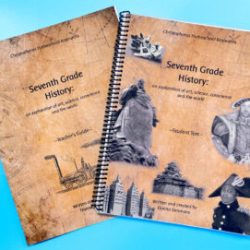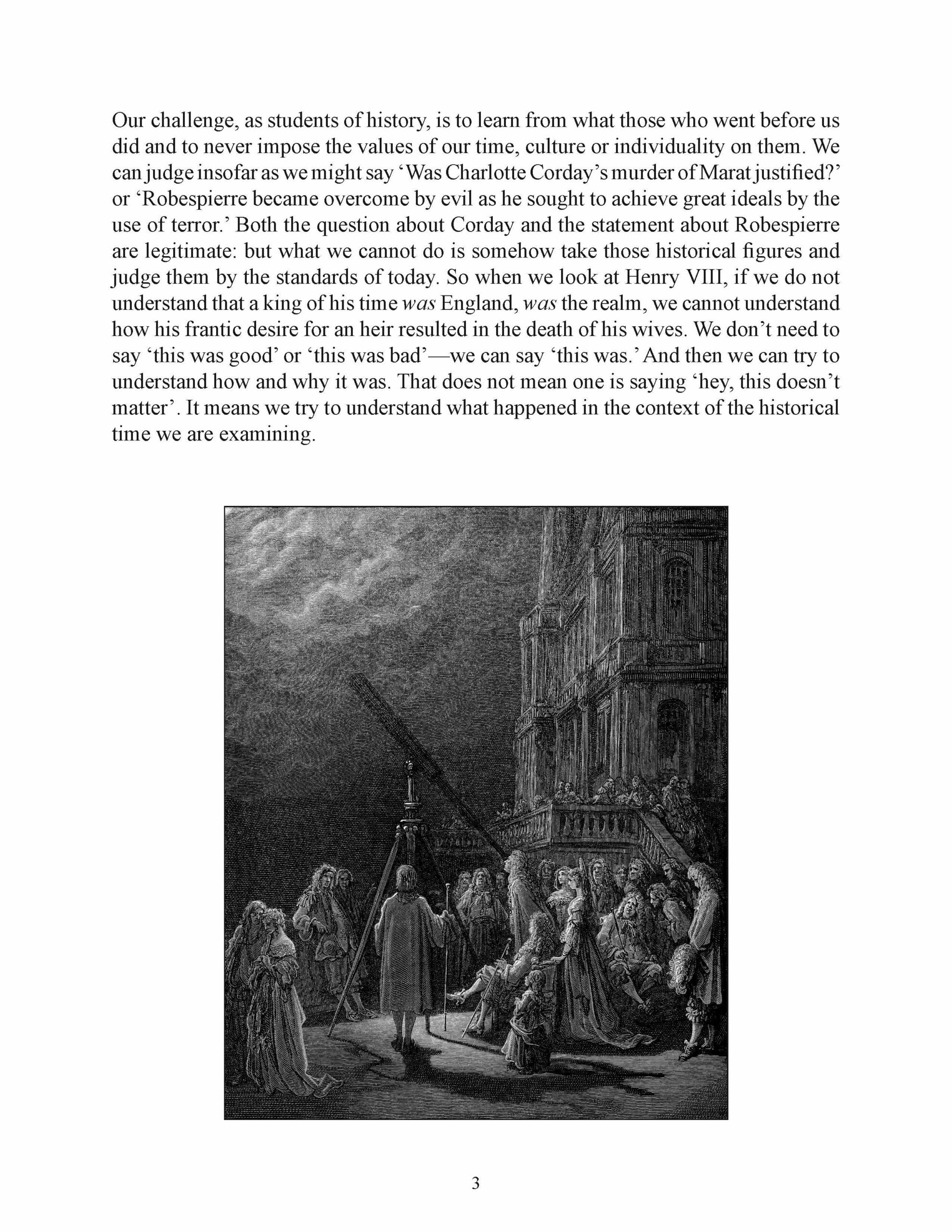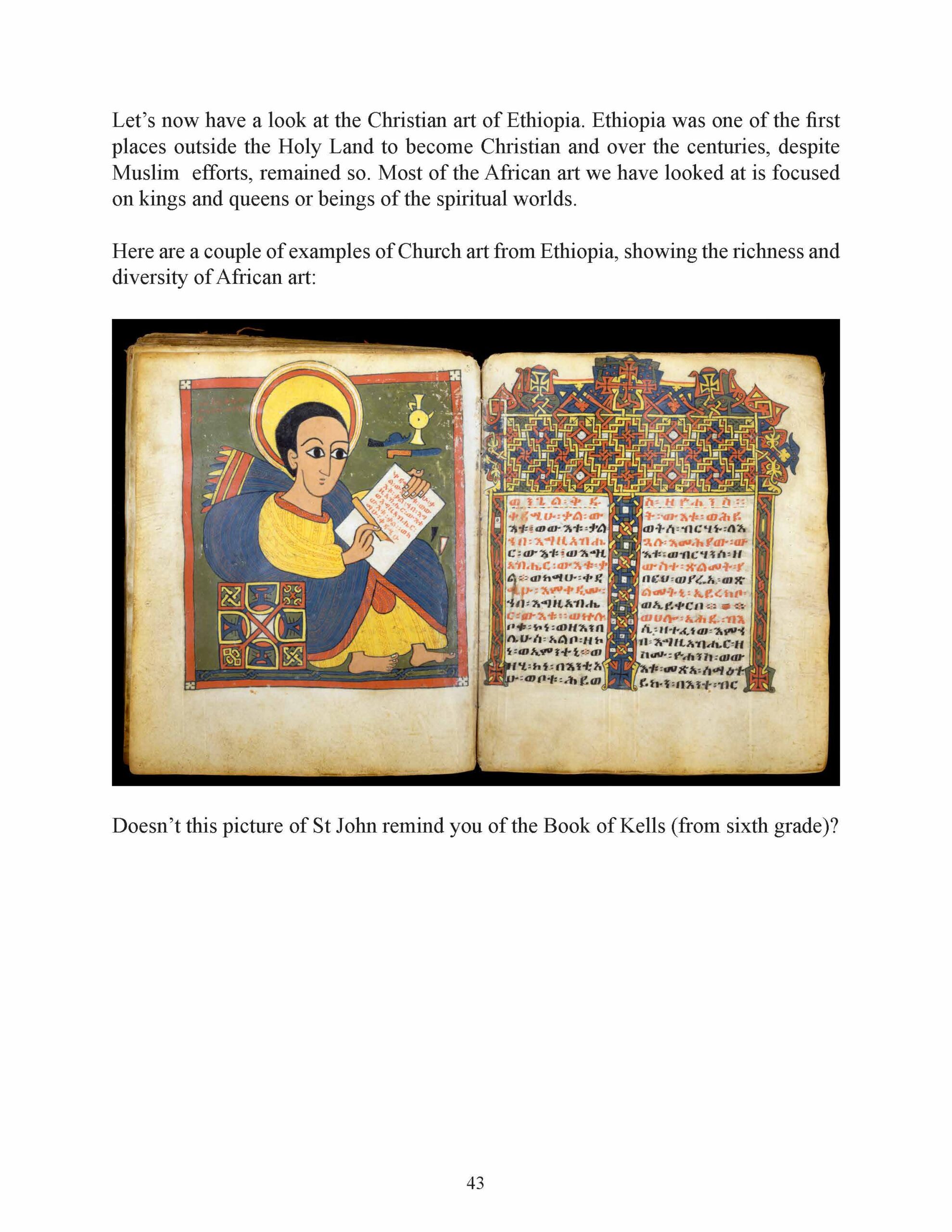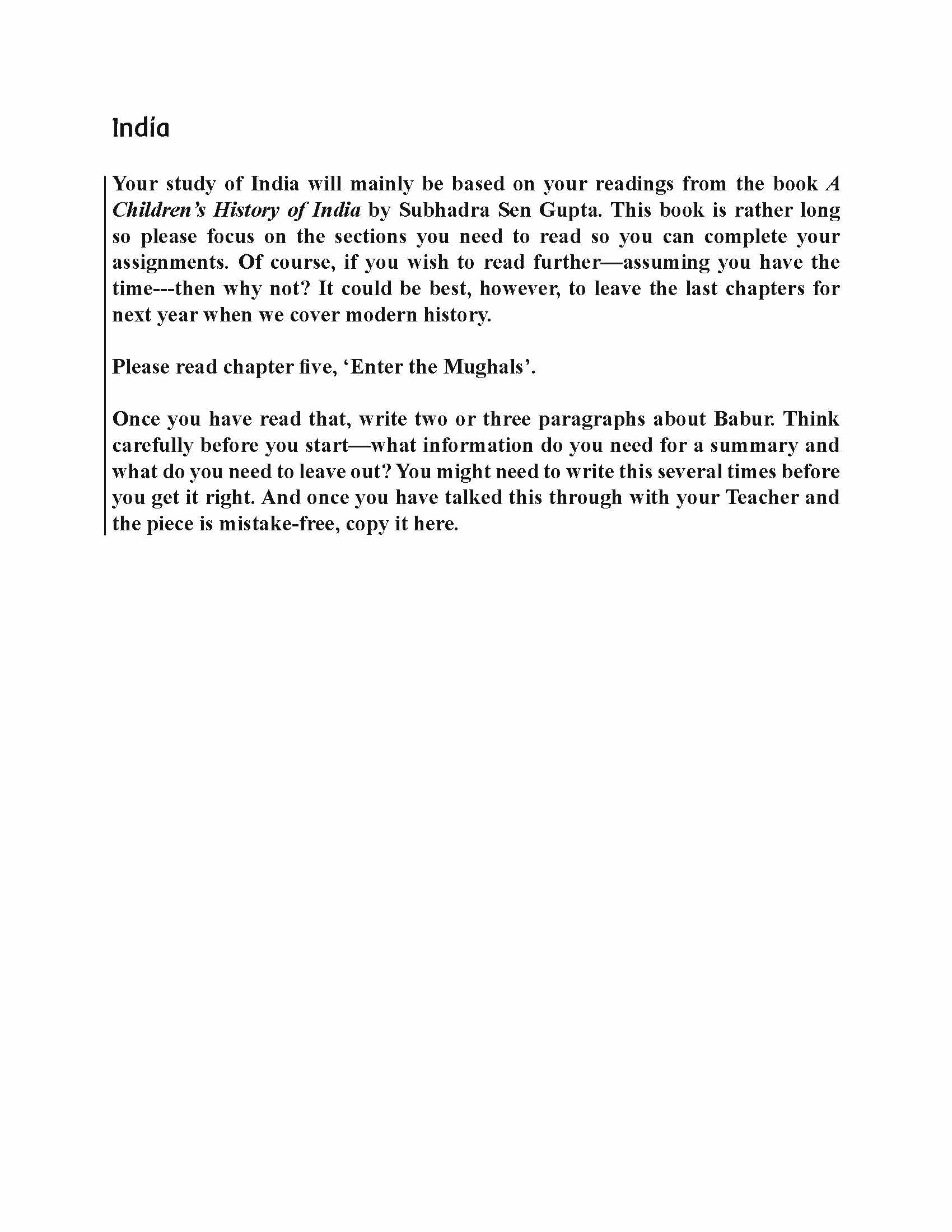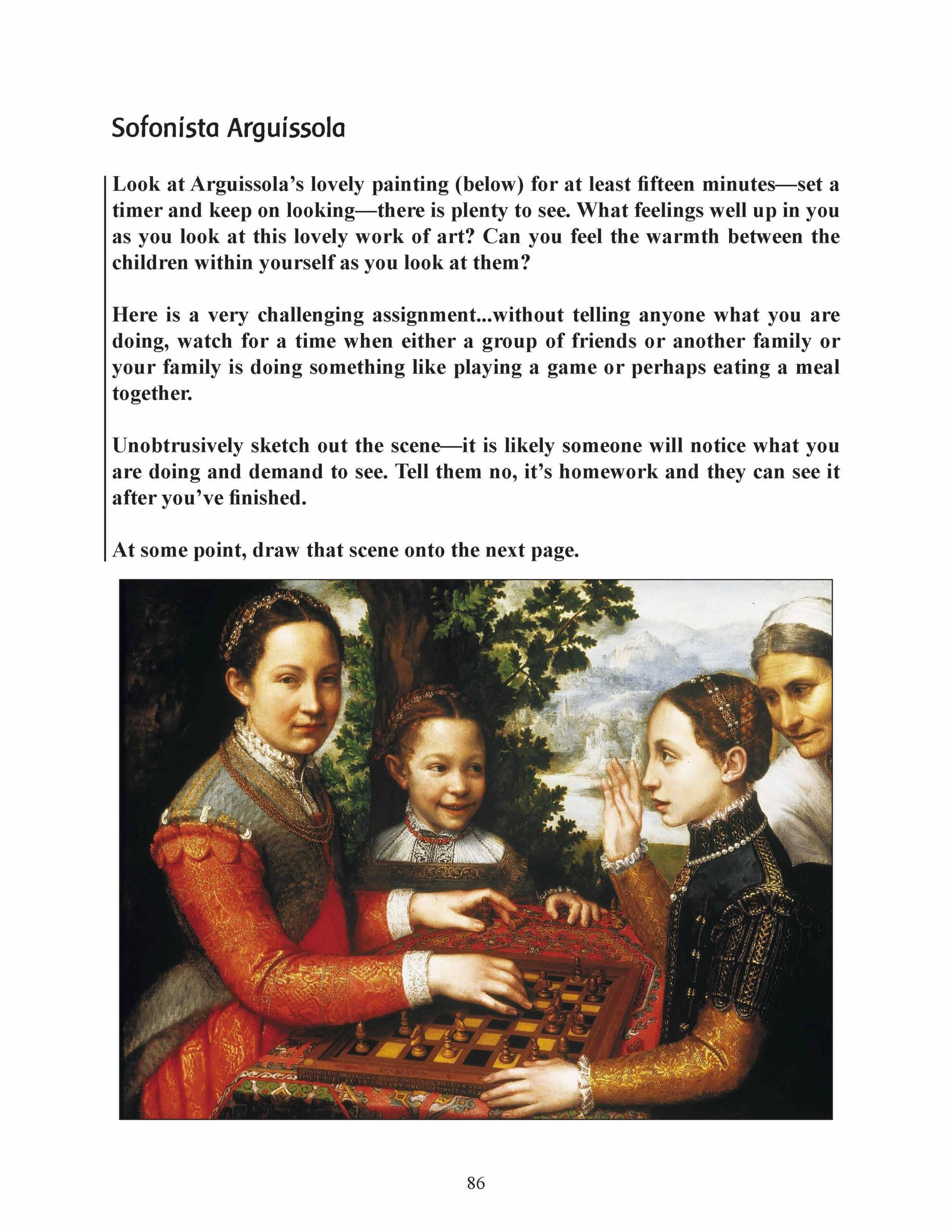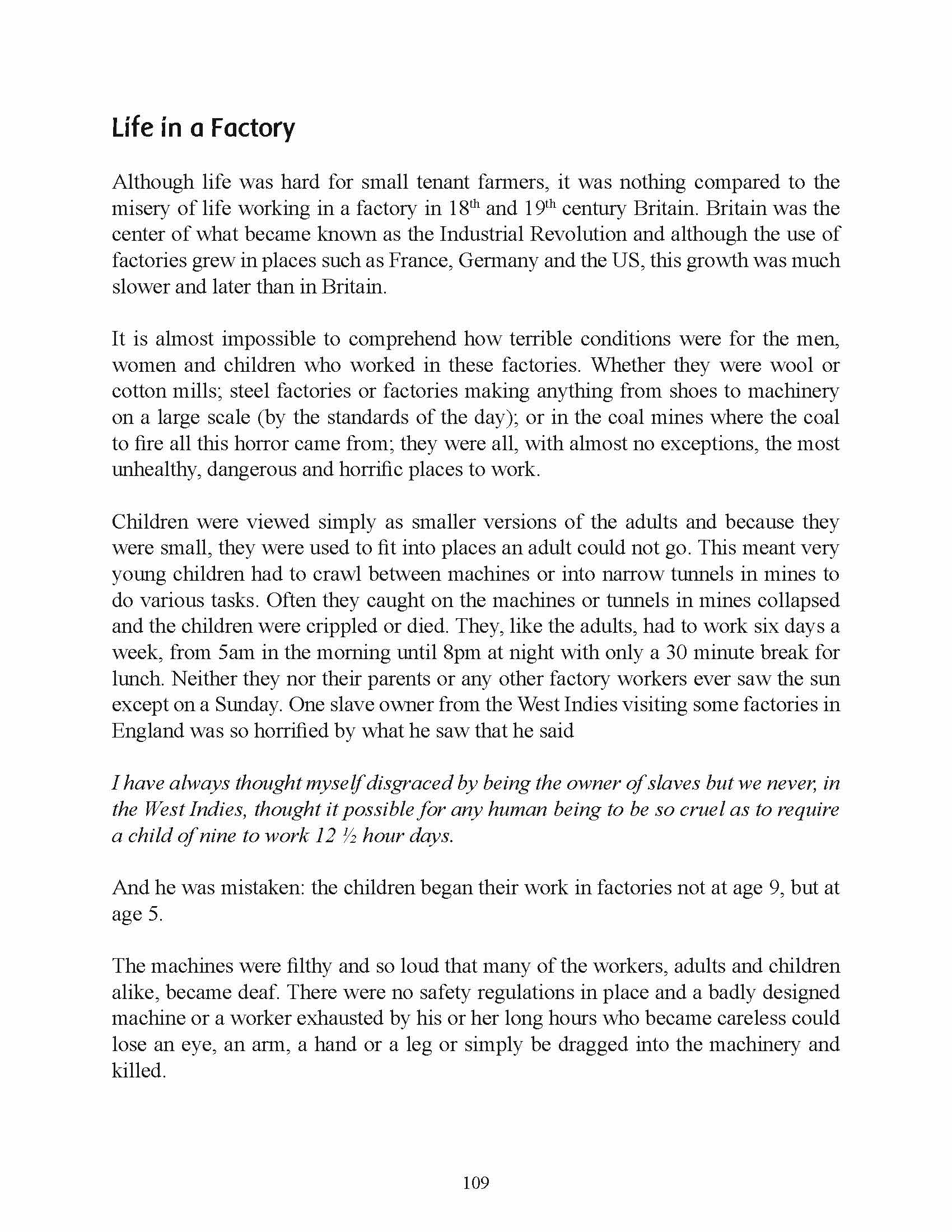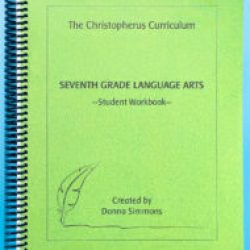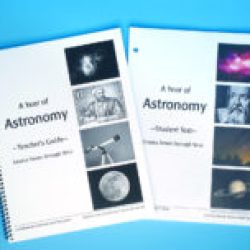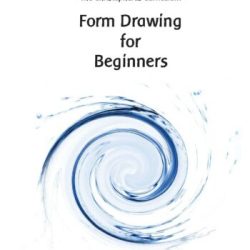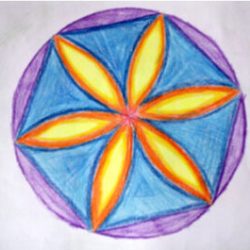Our Store
One of the themes of this history curriculum for 7th grade is the development of conscience. This comes up again and again in relation to people’s relationship to God, to government and to themselves as individuals. We provide a number of audio recordings for the student to listen to. Here is an excerpt from one of them:
Assignments include work with maps; watching two videos, one on the Aztecs, one on the invention of the printing press; dictations; various reports and summaries, some based on readings, some on what the student has listened to in the recording and one on student research into the development of the steam engine; artistic assignments including copying pictures and designs as well as self portrait and creative drawings; question and answer assignments; specific conversations and discussion with Teacher; creative piece on Elizabeth I; poem to choose and memorize; and more.
Seventh Grade History
an exploration of art, science, conscience and the world
Price range: $20.00 through $85.00
Note: this item is printed on demand. Our materials are priced per family–please contact the office if you wish to purchase for a class.
As with Christopherus Astronomy, Earth Science and Language Arts, this publication consists of two volumes, a workbook/text for the student and a teacher’s guide for the parent. Both are required for the two history main lessons.
This history Workbook and Teacher’s Guide are also absolutely appropriate for an eighth grader if you missed this subject in seventh grade. Note that our astronomy and earth science materials have sections purposefully written for eighth and ninth graders.
Contents:
One World—Thinking about History; Journeys of Zheng He; The Old World and the New World; European Exploration; Life at Sea; the Aztecs
Africa, Japan and India—The City of Jenne; Great Zimbabwe; African Art; Brief History of Japan; Japanese Art; India (work based on book by Subhadra Sen Gupta); Indian Art
The Church Divided— What is my Relationship to God? Conscience: Joan of Arc, Thomas Cromwell, Martin Luther.
Art in Renaissance Europe—Leonardo, Michaelangelo, Raphael, Sofonista Arguissola and Albrecht Durer; Brunelleschi’s Dome (activity book plus tie in with perspective drawing—see 7th gr syllabus); looking at various paintings
Science, Technology and the Industrial Revolution—the printing press; the Spinning Jenny and the rise of the Industrial Revolution; steam brings change to travel and trade
The State and the Individual: England—the Magna Charta; Henry XIII; Elizabeth I; Charles I, Oliver Cromwell and Charles II; the Road to the American Revolution
The State and the Individual: France and Haiti—Liberty, Fraternity and Equality; Louis XVI and Marie Antoinette and the Divine Right of Kings; The Fishwives of Paris Go to Versailles; The Terror; Napoleon and the End of the Revolution; Toussaint L’Overture and Ideals in Haiti
Conclusion—student assignments summarizing each chapter and the study as a whole; looking toward 8th grade history
Most chapters are accompanied by one or two recordings by Donna on key elements from that chapter to assist in lessening parent preparation though the expectation is that parents do listen with their child.
One of the themes of this history curriculum for 7th grade is the development of conscience. This comes up again and again in relation to people’s relationship to God, to government and to themselves as individuals. We provide a number of audio recordings for the student to listen to. Here is an excerpt from one of them:
Assignments include work with maps; watching two videos, one on the Aztecs, one on the invention of the printing press; dictations; various reports and summaries, some based on readings, some on what the student has listened to in the recording and one on student research into the development of the steam engine; artistic assignments including copying pictures and designs as well as self portrait and creative drawings; question and answer assignments; specific conversations and discussion with Teacher; creative piece on Elizabeth I; poem to choose and memorize; and more.

